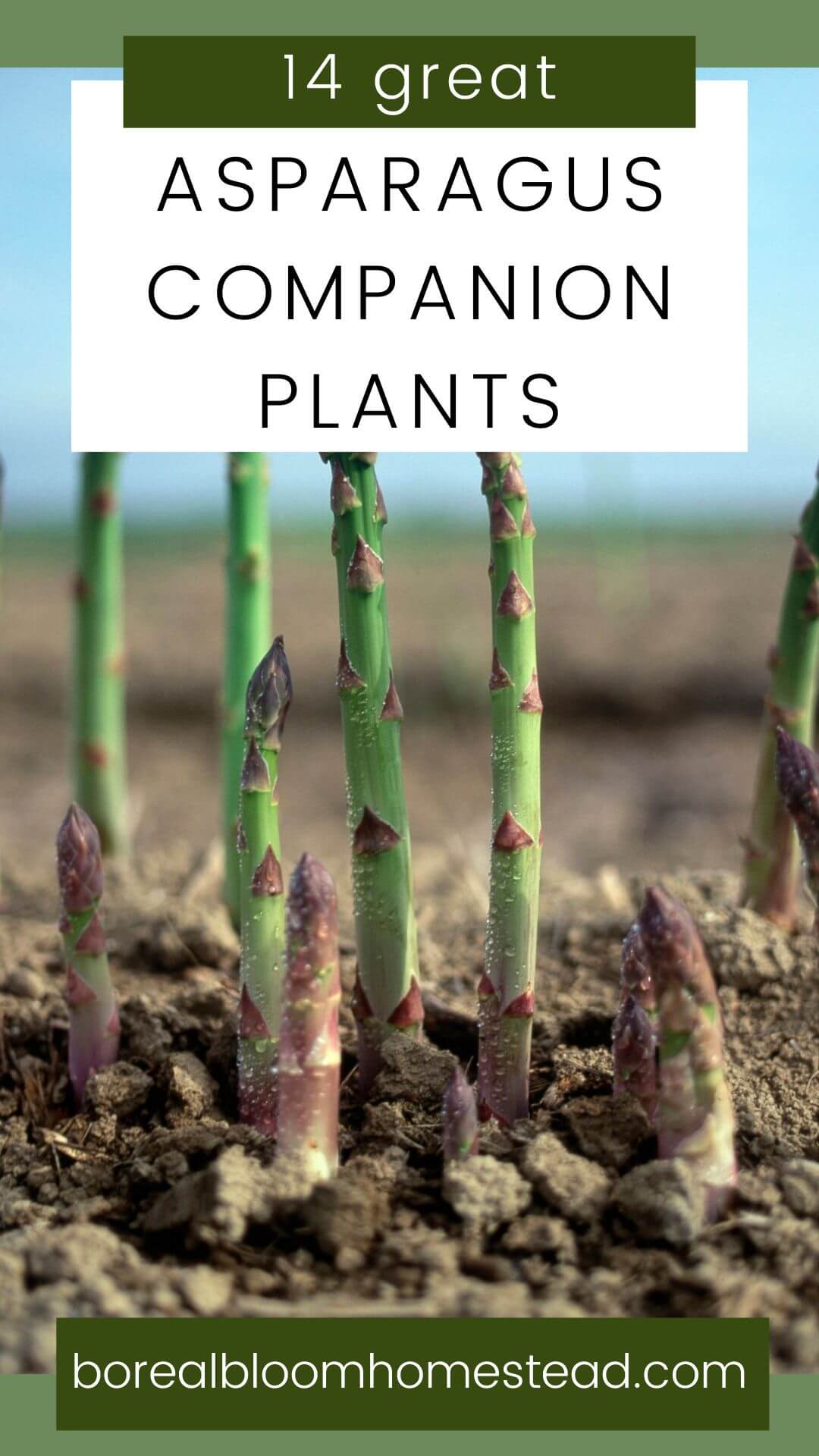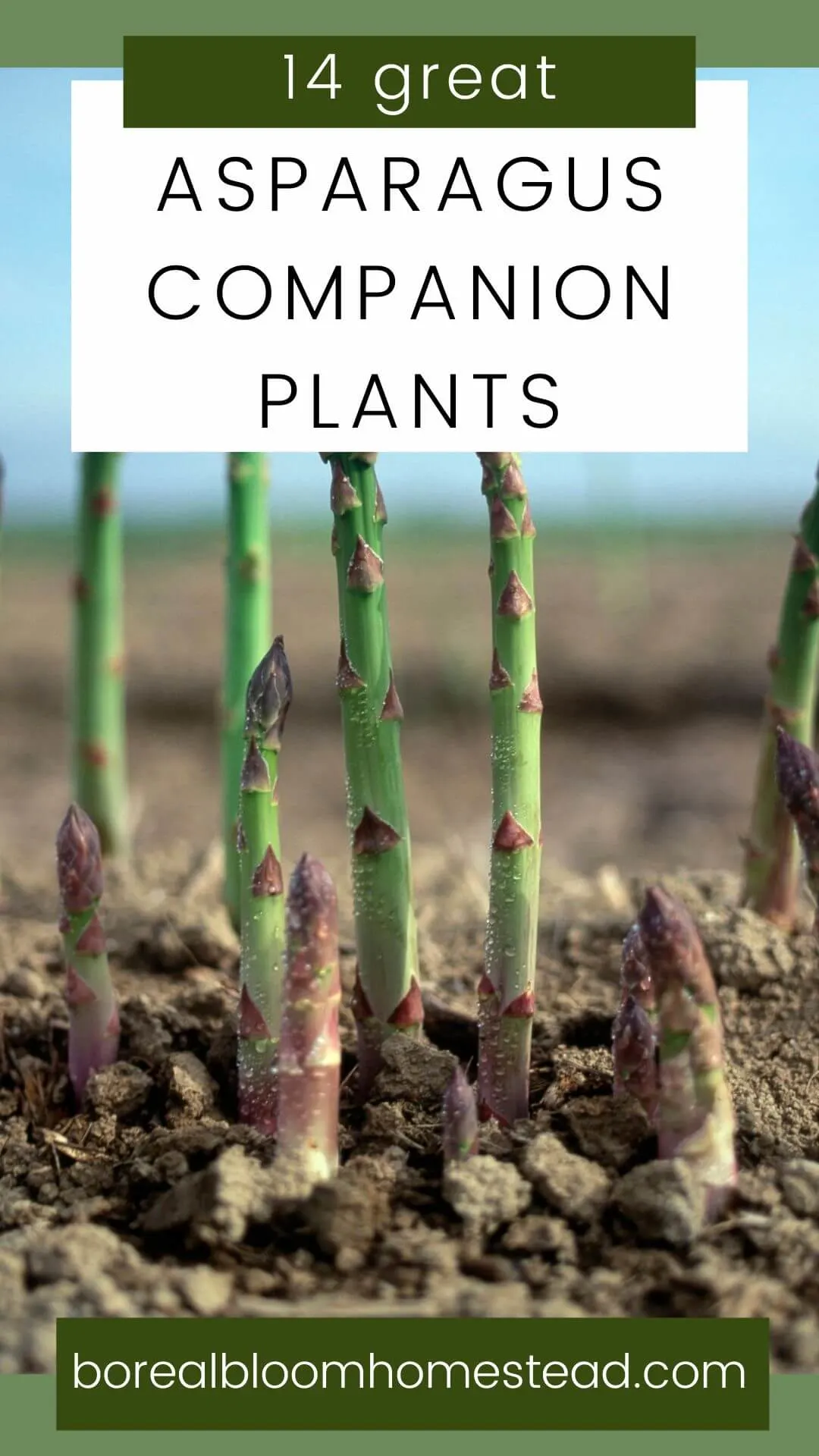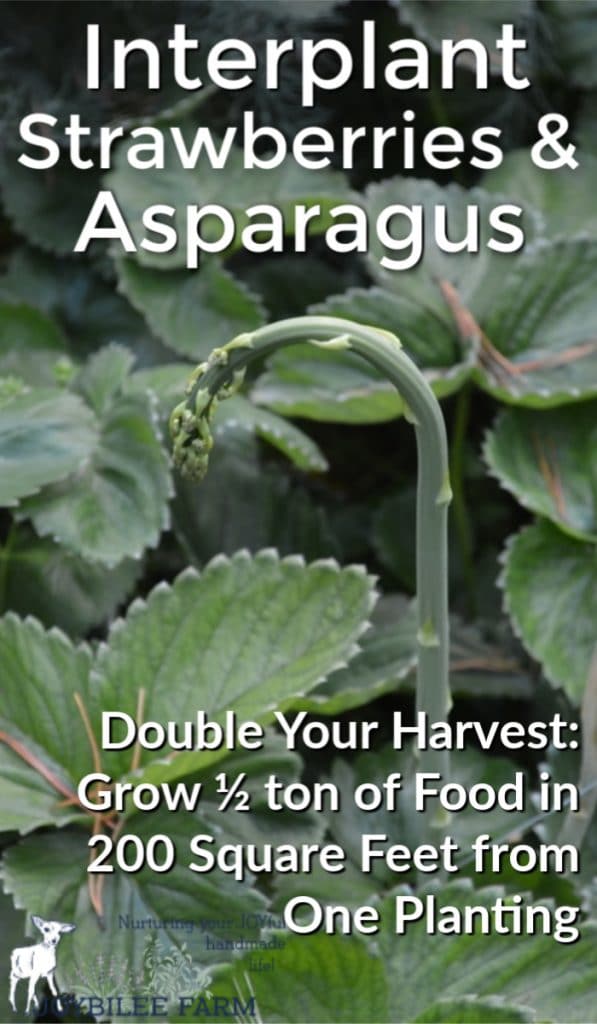Asparagus Fern Companion Plants: The Best Plants To Grow Together
Asparagus Fern Companion Plants: The Best Plants to Grow Together
Asparagus ferns are a beautiful and versatile plant that can be grown indoors or outdoors. They are relatively easy to care for, and they add a touch of elegance to any space. However, asparagus ferns can be susceptible to pests and diseases, so it is important to choose the right companion plants to help protect them.
In this blog post, we will discuss the best companion plants for asparagus ferns. We will also provide tips on how to plant and care for these plants together.
What are Companion Plants?
Companion plants are plants that are grown together for their mutual benefit. They can help each other by attracting pollinators, deterring pests, or improving the overall health of the plants.
When choosing companion plants for asparagus ferns, it is important to consider the needs of both plants. Asparagus ferns prefer full sun or partial shade, and they need well-drained soil. They are also susceptible to asparagus beetles, so it is helpful to choose companion plants that will help to deter these pests.
The Best Companion Plants for Asparagus Ferns
Here are some of the best companion plants for asparagus ferns:
- Marigolds: Marigolds are a great companion plant for asparagus ferns because they help to deter asparagus beetles. They also attract pollinators, which can help to improve the pollination of the asparagus ferns.

- Nasturtiums: Nasturtiums are another good companion plant for asparagus ferns. They also help to deter asparagus beetles, and they can add a splash of color to the garden.

- Basil: Basil is a popular herb that is often grown in companion plantings. It helps to attract pollinators, and it can also help to deter pests.

- Parsley: Parsley is another herb that is often grown in companion plantings. It helps to attract pollinators, and it can also help to deter pests.

- Lettuce: Lettuce is a cool-season vegetable that can be grown in companion plantings with asparagus ferns. It helps to suppress weeds, and it can also provide shade for the asparagus ferns.

- Spinach: Spinach is another cool-season vegetable that can be grown in companion plantings with asparagus ferns. It helps to suppress weeds, and it can also provide shade for the asparagus ferns.

- Rhubarb: Rhubarb is a perennial plant that can be grown in companion plantings with asparagus ferns. It helps to suppress weeds, and it can also provide shade for the asparagus ferns.

- Strawberries: Strawberries are a delicious fruit that can be grown in companion plantings with asparagus ferns. They help to suppress weeds, and they can also provide shade for the asparagus ferns.

How to Plant and Care for Asparagus Ferns with Companion Plants
When planting asparagus ferns with companion plants, it is important to choose the right location. The plants should be planted in full sun or partial shade, and they need well-drained soil.
The plants should be spaced about 18 inches apart. Once the plants are established, they should be watered regularly. They should also be fertilized once a month during the growing season.
Conclusion
Asparagus ferns are a beautiful and versatile plant that can be grown indoors or outdoors. They are relatively easy to care for, and they add a touch of elegance to any space. By planting them with companion plants, you can help to protect them from pests and diseases, and you can also improve their overall health.
I hope this blog post has helped you to learn more about the best companion plants for asparagus ferns. If you have any questions, please feel free to leave a comment below.
Asparagus ferns are beautiful and easy-to-grow houseplants, but they can be even more stunning when paired with the right companion plants. Here are a few of the best asparagus fern companion plants:
- Begonias: Begonias and asparagus ferns have similar light and water requirements, so they make great companions. They also have contrasting leaf shapes and colors, which can create a visually appealing display.
- Asters: Asters are another good choice for asparagus fern companions. They bloom in a variety of colors, which can add a splash of color to your plantscape. Asters also attract butterflies and other pollinators, which can help to keep your garden healthy.
- Hibiscus: Hibiscus is a tropical plant that can add a touch of the tropics to your home. It blooms in a variety of colors, and it can grow quite large, so it's a good choice for larger containers or gardens.
- Lantana: Lantana is a colorful and versatile plant that can be grown indoors or outdoors. It blooms in a variety of colors, and it's easy to care for. Lantana is also a good choice for attracting pollinators.
For more information about asparagus fern companion plants, please visit Gardenia Inspiration.
FAQ of asparagus fern companion plants
Q1. What are some good companion plants for asparagus ferns?
A. Asparagus ferns are relatively low-maintenance plants that can be grown in a variety of conditions. However, there are some plants that can benefit from being planted near asparagus ferns. These include:
- Hostas. Hostas are shade-loving plants that can help to protect asparagus ferns from the hot sun. They also help to suppress weeds and improve the soil quality.
- Astilbe. Astilbe is another shade-loving plant that can help to add color and interest to a garden. It also attracts butterflies and other pollinators.
- Heuchera. Heuchera is a hardy plant that can tolerate a variety of conditions. It comes in a variety of colors, so you can choose one that will complement the asparagus fern.
- Coral bells. Coral bells are similar to heuchera, but they have a more compact growth habit. They are also drought-tolerant, so they are a good choice for gardens that do not get a lot of rain.
- Brunnera. Brunnera is a low-growing plant with blue flowers. It is a good choice for garden beds that need to be filled in. It also helps to suppress weeds.
Q2. What are some plants that should not be planted near asparagus ferns?
A. There are a few plants that should not be planted near asparagus ferns. These include:
- Rhododendrons. Rhododendrons are susceptible to a fungus that can also infect asparagus ferns.
- Azalea. Azaleas are also susceptible to the same fungus that can infect asparagus ferns.
- Holly. Holly can produce allelopathic chemicals that can stunt the growth of asparagus ferns.
- Boxwood. Boxwood can also produce allelopathic chemicals that can stunt the growth of asparagus ferns.
- Lily of the valley. Lily of the valley is a poisonous plant that can be harmful to both humans and animals.
Q3. What are the benefits of planting companion plants with asparagus ferns?
A. There are several benefits to planting companion plants with asparagus ferns. These include:
- Improved soil quality. Some companion plants, such as hostas and astilbe, can help to improve the soil quality around asparagus ferns. This can make the soil more fertile and better able to support the growth of the ferns.
- Suppression of weeds. Some companion plants, such as coral bells and brunnera, can help to suppress the growth of weeds. This can free up time and energy so that you can focus on other aspects of gardening.
- Attraction of pollinators. Some companion plants, such as astilbe and heuchera, attract butterflies and other pollinators. This can help to improve the pollination of your asparagus ferns and other plants in your garden.
- Increased aesthetic appeal. Companion plants can add color, interest, and texture to a garden. This can make your garden more attractive and enjoyable.
Q4. How far apart should companion plants be planted from asparagus ferns?
A. The distance that companion plants should be planted from asparagus ferns depends on the size of the plants. In general, you should plant companion plants at least 18 inches away from asparagus ferns. This will give the plants enough space to grow and thrive.
Q5. How do I choose the right companion plants for my asparagus ferns?
A. When choosing companion plants for your asparagus ferns, you should consider the following factors:
- The size of the plants. You want to choose companion plants that are the same size or smaller than your asparagus ferns. This will prevent the companion plants from overwhelming the ferns.
- The needs of the plants. You want to choose companion plants that have similar needs as your asparagus ferns. This means choosing plants that need the same amount of sunlight, water, and fertilizer.
- The aesthetic appeal of the plants. You want to choose companion plants that you like the look of. This will make your garden more attractive and enjoyable.
Image of asparagus fern companion plants
- Asparagus fern and lily of the valley. Lily of the valley is a deer-resistant plant that blooms in the spring, and its sweet fragrance helps to repel pests.

- Asparagus fern and hosta. Hostas are shade-loving plants that come in a variety of colors, and they can help to suppress weeds around the asparagus fern.

- Asparagus fern and chives. Chives are a fragrant herb that can help to repel pests, and they can also be used in cooking.

- Asparagus fern and lavender. Lavender is a drought-tolerant plant that blooms in the summer, and its strong scent helps to repel pests.

- Asparagus fern and daylily. Daylilies are a long-blooming plant that comes in a variety of colors, and they can help to attract pollinators to the garden.
Post a Comment for "Asparagus Fern Companion Plants: The Best Plants To Grow Together"